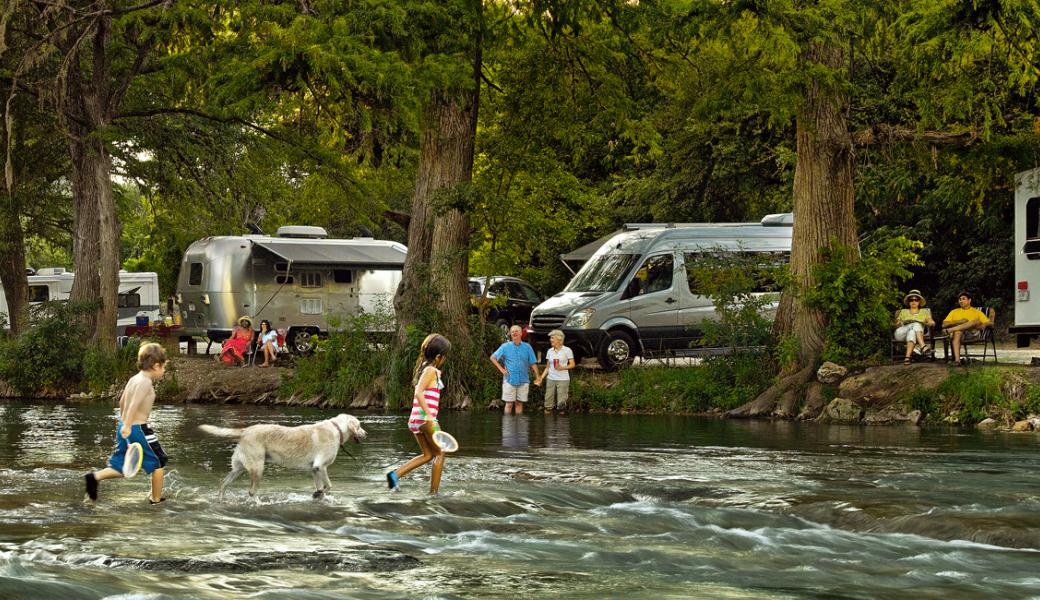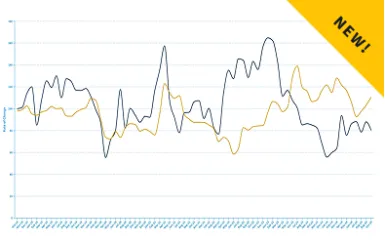Transportation Chairman Lays Out Infrastructure Plan

Last year there was much discussion about Trump’s “Trillion Dollar Infrastructure Plan,” but so far there has been little appetite on Capitol Hill to move on any infrastructure plan. In an effort to get productive discussions started in Congress, the House Transportation and Infrastructure (T&I) Committee Chairman Bill Shuster (R-PA) released a drafted plan to address our nations crumbling infrastructure.
The legislative discussion draft calls for significant federal investment in infrastructure projects and grant programs through at least 2021. It includes billions of dollars in grant funding, as well as trillions in appropriations for projects of national significance. The discussion draft is not a complete bill, but rather the starting point from which Shuster hopes to reignite the infrastructure plan discussions amongst Members of Congress.
Much of the plan focuses on funding the Highway Trust Fund (HTF) and innovative ways to modernize how infrastructure is funded.
For the RV Industry Association and Outdoor Recreation Roundtable (ORR), the reigniting of the infrastructure discussion presents an excellent opportunity to continue to engage the House T&I Committee and various other stakeholders to include a much needed “recreation title” in the infrastructure legislation. A “recreation title” will address vital recreation infrastructure needs, like roads, bridges and campgrounds on our public lands and waters.
While the proposed 108-page draft covers a broad range of issue areas, highlighted below are the sections that will likely be of interest to the RV Industry Association members:
Section 101. Highway Trust Fund Commission
This section establishes a Highway Trust Fund (HTF) Commission. The Commission will submit a report to Congress that includes recommendations to achieve the long-term solvency of the HTF and the corresponding legislation required to enact those recommendations. This section also includes a provision that allows for expedited consideration of the legislation by Congress.
Section 102. Per mile user fee surface transportation funding pilot
This section establishes a national, volunteer-based pilot program to demonstrate whether a per-mile user fee can replace the existing user fees on gasoline and diesel, which are the primary sources of revenue for the HTF. Volunteers can be owners of both passenger vehicles and commercial motor vehicles, as well as an owner of a fleet commercial of motor vehicles. The pilot program would be administered by the Secretary of Transportation, in coordination with the Secretary of the Treasury.
Section 113. Electric Vehicle Battery Tax
This would impose a 10-percent tax on the sale by a manufacturer or importer of each electric motor vehicle battery (which is defined as “a battery designed to power an electric motor that to a significant extent propels a motor vehicle”).
Section 121. Increase in tax on motor fuels
This section increases the federal user fees on gasoline and diesel fuel by 15 cents per gallon and 20 cents per gallon, respectively. These increases are phased in over a period of three calendar years. Once the phase in is complete, the new user fees are indexed to inflation. On September 30, 2028, the rates for these user fees become zero. This section also provides for corresponding increases in similar user fees on alternative fuels.
Section 201. Infrastructure improvements
This section authorizes the National Infrastructure Investments Program to make investments in transportation infrastructure. It directs the Secretary of Transportation to award grants on a competitive basis to eligible applicants. Thirty percent of annual grant awards must go to projects located in rural areas.
It also establishes a set-aside for incentive grants. Incentive grants would be given to eligible applicants that have leased an infrastructure asset to the private sector and have certified that the proceeds from the lease will be used to make other infrastructure improvements. The incentive grants can only be used to make improvements to transportation infrastructure.
Finally, it establishes a set-aside and a transparent process for a future Congress to authorize nationally significant transportation projects. This process is similar to the process Congress used to authorize new projects in recent Water Resources Development Acts.
Click here to read the discussion draft text, the Chairman’s vision statement, a section-by-section summary and more.
Please Sign in to View
Log in to view member-only content.
If you believe you are receiving this message in error contact us at memberservices@rvia.org.

